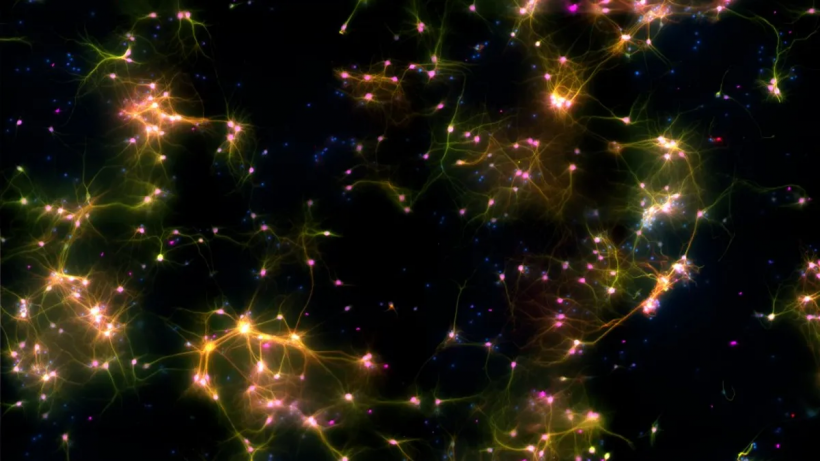800,000 live mouse and human brain cells have been implanted in a dish and linked to electrodes and a computation of the popular game Pong by an Australian-led group of scientists. The researchers then observed the molecular conglomeration swiftly learned about the game and even enhanced its performance as it played further.
Researchers could keep up by turning the cellular reactions into a graphic representation of the gameplay that resembled the actual.
This method is called DishBrain, and they claim it demonstrates that neurons in a dish can adapt and exhibit rudimentary indicators of understanding. In a report published in the scientific journal Neuron, the researchers describe the new system, synthesized biological understanding, or SBI.
Based on the authors, SBI might eventually assist solve hard riddles of brain dynamics and result in improved therapies for some neurological diseases. "DishBrain provides an easier method to test how the brain operates as well as gaining insights into severe disorders including such epilepsy but also dementia," explains Hon Weng Chong, CEO of biotech start-up Cortical Labs.
The Theory Behind SBI
SBI might also provide an alternative to animal experimentation, which scientists commonly use to evaluate the efficacy of novel medications and treatments.
"We now have, in concept, the utmost biomimetic sandbox' within which to test the effects of medications and gene mutations - a sandbox made up of precisely the very same computer technology (neuronal) elements that are found in ones brain and mine," says co-author Professor Karl Friston, a theoretical neuroscientist at the University of Cambridge.
The free-energy principle underpins the theory underpinning such learning. Simply defined, the brain adjusts to its surroundings by modifying its view of the world or behaviors to match the situation around this one better. The study's authors did not limit themselves more to Pong. "You realize whenever the browser for Google Chrome breaks and you get the dinosaur that you can manipulate hop over obstacles (Project Bolan)? We did that and we've noticed some wonderful early findings, although we still have more effort to build new settings for particular reasons," according to first author Brett Kagan.

DishBrain's neural cells are seen under a microscope.
ALSO READ: New Evidence Shows Cell Mechanisms in Human Brain That Could Affect Alzheimer's Disease
Trials and Research Development
Potential objectives for this study might include illness simulation, medication discovery, and increasing our existing knowledge of how the brain functions and how genius emerges, as reported by Science Daily.
Researchers find evident improvement after five minutes of real-time games using insights from the concept of active inference through the free energy principle, which was not seen in control conditions.
Several trials demonstrate the effectiveness of confined structured feedback in inducing constant learning. Cultures exhibit synthesized biological intelligence, or the capability to self-organize behavior in a main objective method in response to scant sensory data regarding the implications of their activities.
Potential developments might reveal more about the cellular connections of intellect.
"We're attempting to build a dose dependent curve with ethanol, effectively getting them 'drunk' and seeing if they perform the task worse, exactly just like when people drink," Kagan adds.
RELATED ARTICLE: Human Brain Cells Learn This Game For Only 5 Minutes, Artificial Intelligence Takes 1.5 Hours to Pick Up
Check out more news and information on Medicine and Health in Science Times.














